-
Applications
-
Product Families
-
About Bruynzeel
-
Highlights
References
49 resultsvideo
references
A picture says more than a thousand words, but a video truly brings our story to life. Discover how Bruynzeel's storage solutions work in practice through our inspiring videos filled with success stories. See how we help preserve and organise collections worldwide. Watch the videos and get inspired!
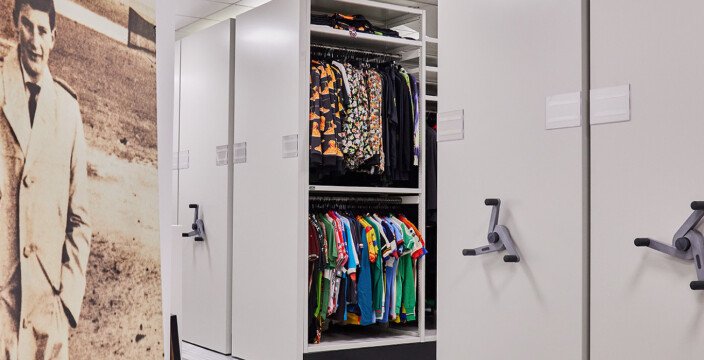
The Paul Smith Archive, UK
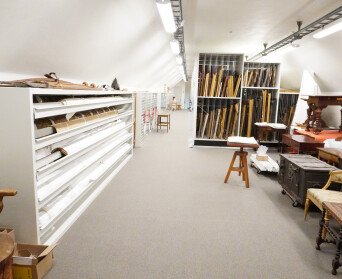
Zorn Museum, Sweden
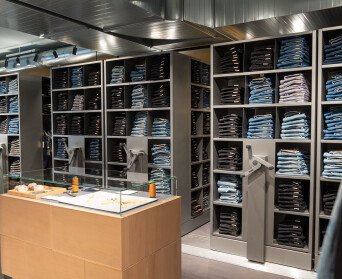
Nudie Jeans smart retail storage
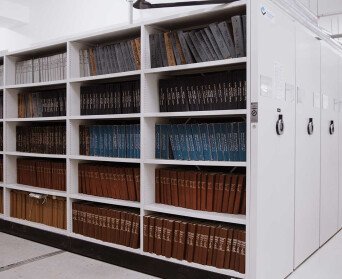
Land registry department Zagreb, Croatia
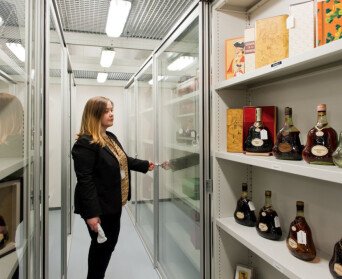
Jas Hennessy & Co, France
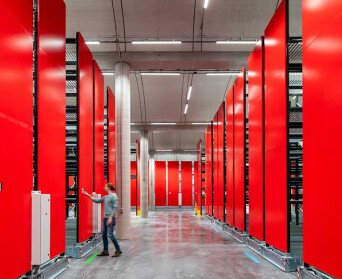
Louvre Conservation Centre, France
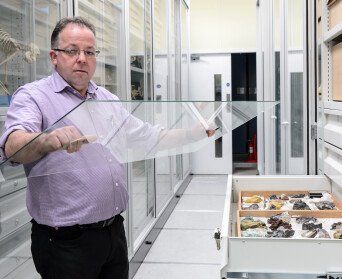
Lapworth Museum of Geology, United Kingdom
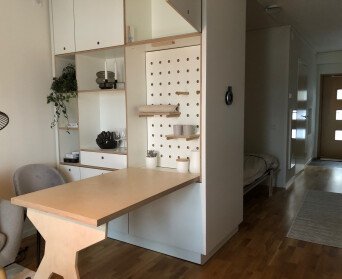
Tiny housing, Sweden
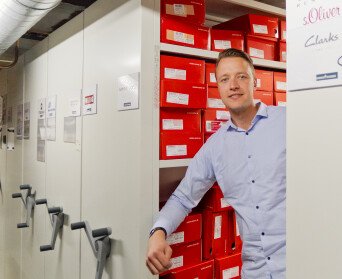
Schuurman Shoestore, The Netherlands

Chausport, France

Advocacy Pfefferle, Germany
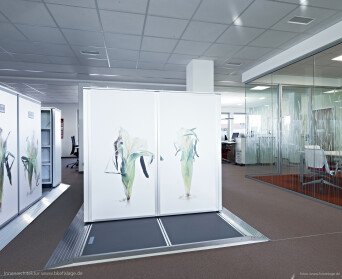
Kellog, Germany
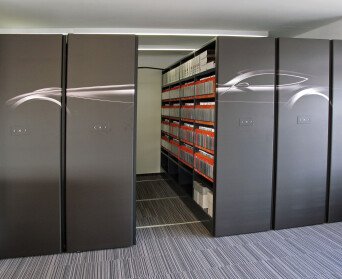
Arval, Luxembourg
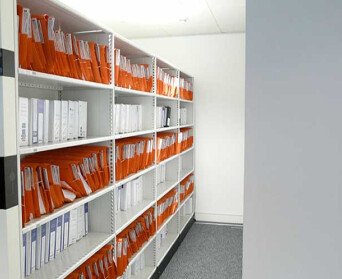
Addleshaw Goddard, United Kingdom